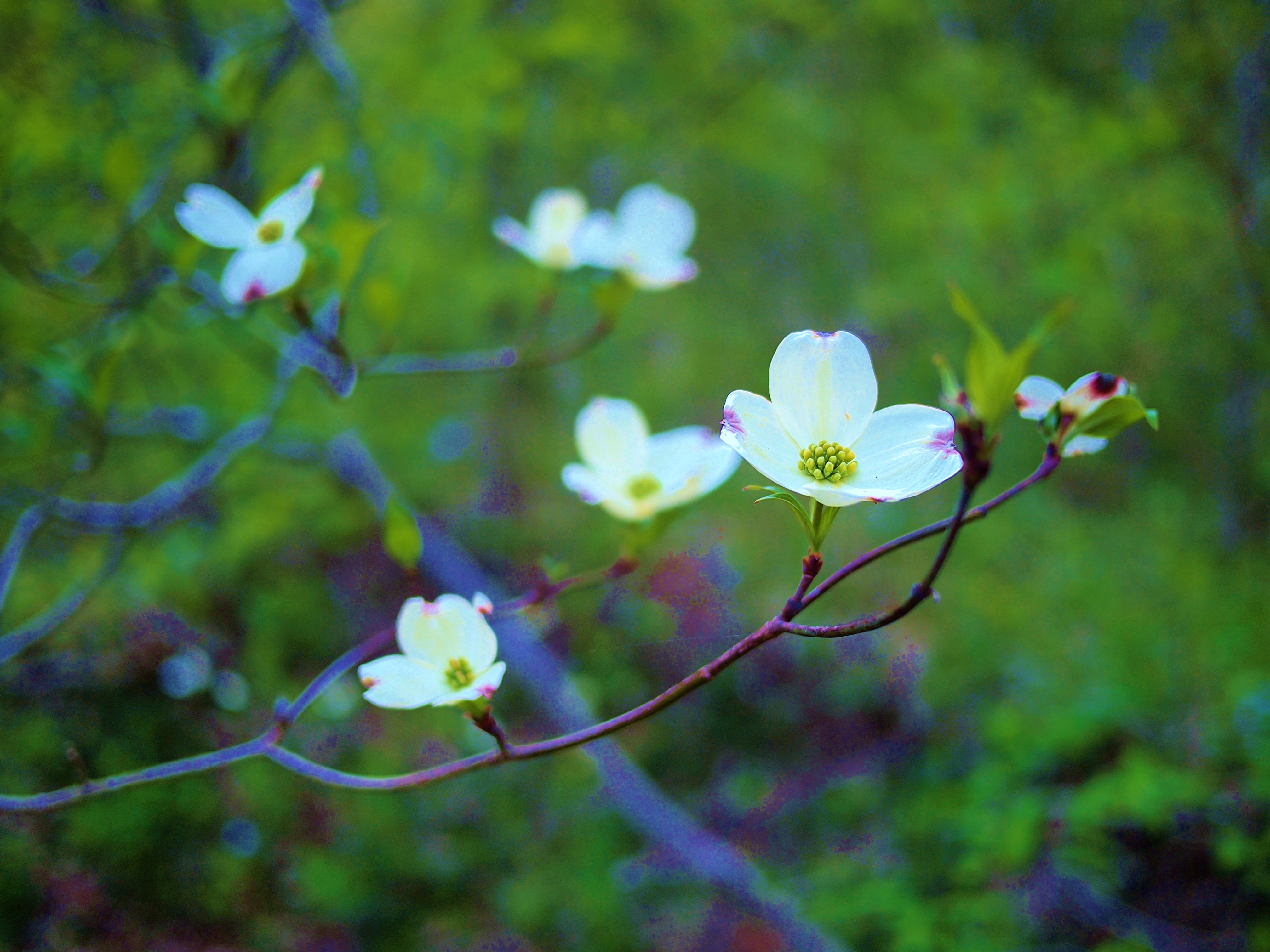Conservationists and government wildlife agencies are working to restore small but important creatures to the state’s rivers and streams. Mussels and other mollusks help keep waterways clean, but their population has shrunk. They’ve been threatened by pollution, dams and a now dormant mussel shell industry. WOSU’s Jen Monroe traces the history of mussel shell production in Ohio.
They aren’t cute, or cuddly, and if you’re walking along a river bank, they’re hardly interesting. They’re freshwater mussels, and they’re found in the shallow parts of Ohio’s lakes and rivers. But mussels play a vital role in our ecosystem-and they’re at serious risk of extinction. “Well they’re actually the most imperiled animals in North America.” Says Tom Watters.
Watters is the curator of the Division of Mollusks at Ohio State’s Museum of Biological Diversity. He and fellow conservationists recently reintroduced fifteen hundred endangered mussels into Big Darby Creek. He says two-thirds of the mussels in Ohio are either at-risk, endangered, or already extinct. “In many ways it is a little depressing because places that I used to go 20 years or so ago, the mussels are gone.”
The role mussels play in rivers and lakes is similar to the canary in a coal mine; they are an early warning system. Mussels constantly filter nutrients and toxins out of the water as they breathe. Watters says if the water’s not clean, mussels die and that means poor water quality. Despite the importance of mussels to our ecosystem, history shows people have more interest in the mussel shell than the creature itself.
“This is another one.” Says Marty Huehner. “Sometimes they can have very thick shells, that one was not so thick, this one is.” Huehner pulls out drawers full of mussel shells. He studies mussels for a local environmental firm and has acquired quite the collection. Mussels at one time were big business in Ohio. In the first part of the 20th century, the mussel shells were carved into discs, polished and sold as buttons… Huehner says at one time barges full of mussels were harvested out of Ohio rivers. “This is what really wiped them out. I mean you can imagine, they just scoured the river bottoms for whatever they could get.”
Plastic buttons eventually killed that shell industry but not before the mussel population plummeted So, Ohio banned mussel harvesting. But then came the cultured pearl business. Freshwater mussels now illegally taken from Ohio waterways were being shipped to Asia to help make pearls. Again, Marty Huehner.
“The shells are taken up, they’re cut up, and they’re tumbled to produce little spheres and then they’re inserted in the pearl oyster. And the pearl oyster produces a series of layers of pearl around the mother-of-pearl from the mussel shell.”
Sophia Prinz makes a living selling cultured pearls. She says to the naked eye, there is no difference between a natural pearl and a cultured one. But natural ones pretty enough to string on a necklace occur in about one in ten thousand oysters. Natural, totally untouched by man, pearls are not on the market. They are truly in the hands of collectors. Prinz says the only pearls on the market today are ones made from freshwater mussel shells. Some of these shells were poached from Ohio and sent to Japan, but in the nineteen-nineties the market for Ohio’s shells dried up. Pollution in Japan’s oyster beds cut production. And China began cultivating pearls and is now the world’s leading exporter. For Ohio that means there’s one less threat to mussel populations. So the mussels in Big Darby Creek can enjoy their new home, at least for now.
Jen Monroe, WOSU News. © Copyright 2010, wosu


